Sun Tzu nailed it in his Art of War when he said ‘Know your enemy and know yourself, and you need not fear the outcome of a hundred battles’. And while we no longer ride into battle against market competitors, it’s still essential to know what they’re up to.
Why identify and monitor competitors?
Every business has to compete within its market, and it pays to know against who. And every smart business will be keeping an eye on their competitive landscape, checking:
- what they are offering
- how much they are charging
- who their customers are
- how they are marketing their product or service
- new products appearing in the market
By identifying and monitoring competitors, you’ll be able to see where their exploitable weaknesses are, and conversely, what threats they pose to your business. You’ll be able to run competitor analysis and also spot gaps in the market.
Begin Your Competitive Analysis With Qualtrics – Request demo
Who are your competitors?
There are several types of competitors that should be on your radar:
- Direct competitors are the brands that first come to mind when you think about your competition. They’re in your sector or neighborhood, marketing products and services that do the same like-for-like job as yours. Your target audience is the same as theirs. For example, you own a garden center, and so your direct competitors are all the other garden centers in the local area.
- Indirect competitors are trickier to spot. They address the same customer needs as your business does, but they do it in a different way. Your target audience will overlap with theirs but won’t be an exact match. So, an indirect competitor to your garden center might be a supermarket. Garden supplies aren’t its core business, but it may offer cheap plants. Using its economies of scale, it can undercut your prices and offer convenience to shoppers who pick up trays of bedding plants alongside their weekly grocery shop.
- Substitute competitors don’t sell the same products but compete for consumer spending, e.g. bars, cafés, restaurants, delis, and supermarkets all competing for lunchtime trade on a main street.
- New entrants are new competitors who enter a market offering the same products or services. Depending on the barriers to entry, new entrants will find it easy or hard to get established in the existing market.
Tactics and tools to identify competitors
Use the following techniques for uncovering top competitors:
1. Market research This can be as simple as asking your salespeople which competing companies get mentioned most in their customer conversations, or as complex as an unaided brand awareness survey where respondents name competitor brands they associate with a particular product.
2. Ask your customers! They have, after all, evaluated other brands (some you may never have considered) before choosing yours. Ask even potential customers, who will be weighing your brand up against others.
3. Google search Obvious, but the best starting point. Google the keywords you’re most interested in, and see who’s on the first results page and what they offer.

4. Google maps Simply input a local search for a business in Maps, e.g. ‘Garden supplies in Provo, Utah…’ for competitors, reviews, and rankings.

5. Social Mention scours more than 100 social media sites such as Facebook, Twitter, Google, blogs, videos, and images for mentions of your competitors, or any number of keywords you wish to input. Then gives them to you in a single information feed.

6. Google Trends Shows how frequently your competitors’ names are entered into Google compared with the site’s total search volume over a specific period of time. It can be used for comparative keyword research and gives you a more comprehensive perspective on the news, opinions, posts, and perceptions affecting competitors.

7. SpyFu – Search for any competitor domain name and you’ll see every place it has shown up in Google over the last fourteen years – every paid keyword from Adwords, every organic rank, and every ad variation.
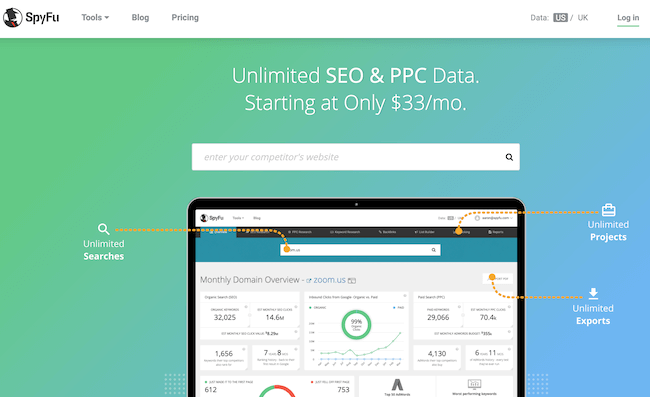
8. STAT is a rank tracking tool that you can use to follow your performance and that of your competitors in search engine results pages (SERPs). You choose the list of keywords that you want to track.
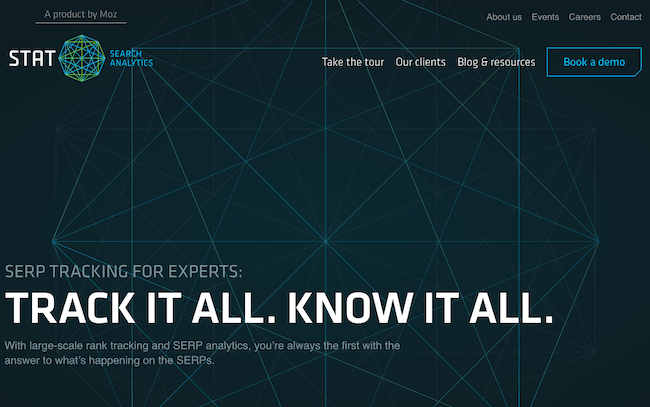
9. SimilarWeb lets you see some of your own website insights for free – including your top competitors’ analytics and online strategy.
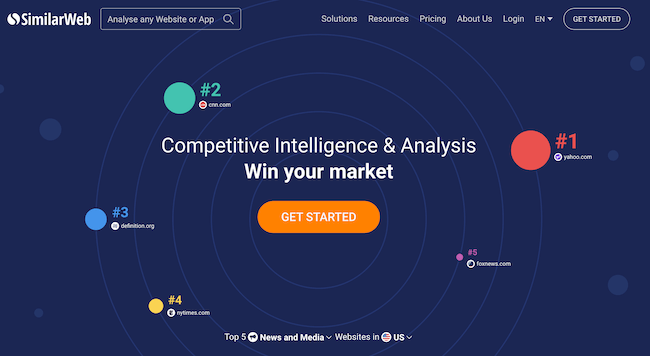
10. Searchmetrics Gives an overview of your business’s current online presence as well as those of your competitors, so that you can see any gaps in your content marketing strategies.
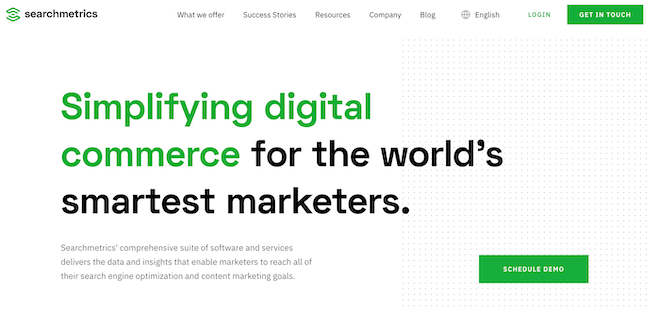
11. Meltwater – a comprehensive tool to measure your share of voice inside your industry, through media monitoring and social listening. You can also compare your competitors’ social media conversations and influencer developments.
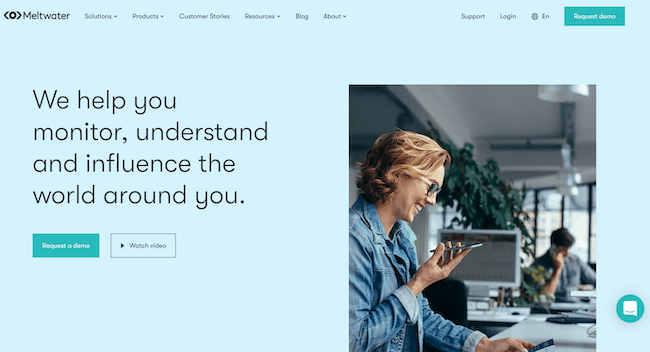
12. Advanced Web Rankings (AWR) – links with Google Analytics, Google Search and social media channels to monitor your competitive landscape and glean details about rivals’ URLs and target keywords.
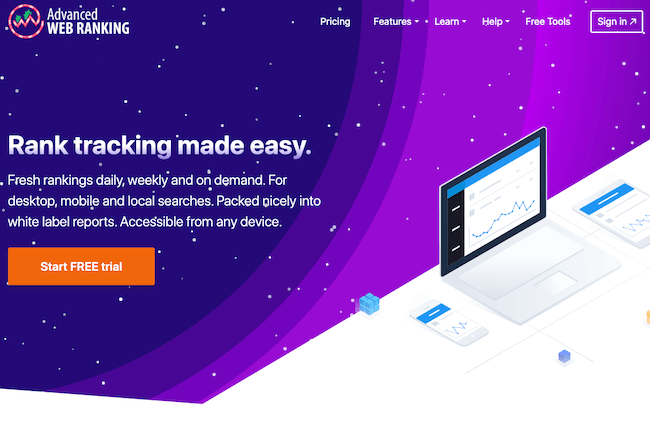
13. SEMrush gives you information about your current performance online, including traffic, ranking positions, as well as organic competitors.

14. Industry directories – And finally, if you want to be a little more analogue with your competitive research, you can trawl through the ‘Big Eight’ industrial directories: ThomasNet (or Thomas Registry), com, IQS Directory, IHS Engineering360, Zycon, ProcessRegister, Kompass and MacRAE’s Blue Book.
eBook: 10 things brand managers need to know